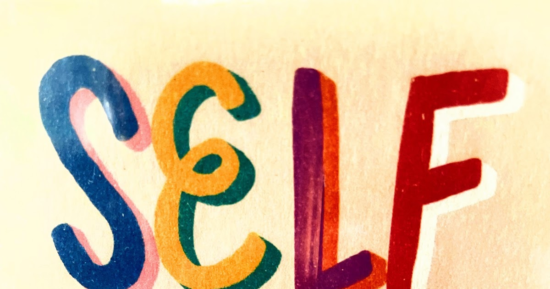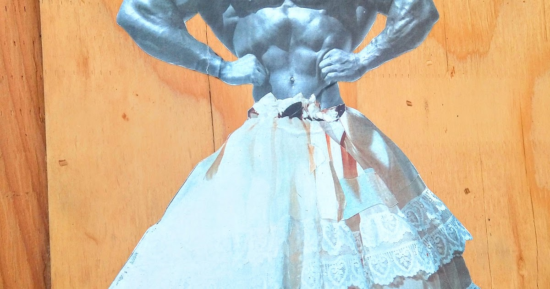
Perspective is one of those techniques that, I feel, doesn’t get nearly enough credit. Sort of like in theater. All the focus is on the actors and the sets, but no one really gives a fig about the lighting or sound…until someone mucks it up. Right?
Whether we are watching a movie, a play, a concert or reading a book, it is super easy to take a lot of elements for granted.
Perspective is one of those tools that doesn’t get near the attention it should.
WHO is telling the story? HOW MANY PEOPLE are telling the story? This actually matters…a lot.
We’ve talked about POV (Point of View) a handful of times, but I don’t believe we’ve talked about it the way I’m going to address it today.
Here is an older post describing the main types of POV, Point of View—What IS It? How to Find the Perfect Voice for YOUR Story. Then there is Deep POV, which is a wonderful tool as well and quite popular these days.
Yet, once we get beyond choosing whether to write in first person, second, third, third-shifting, omniscient, what then?
WHO’S PERSPECTIVE IS IT?
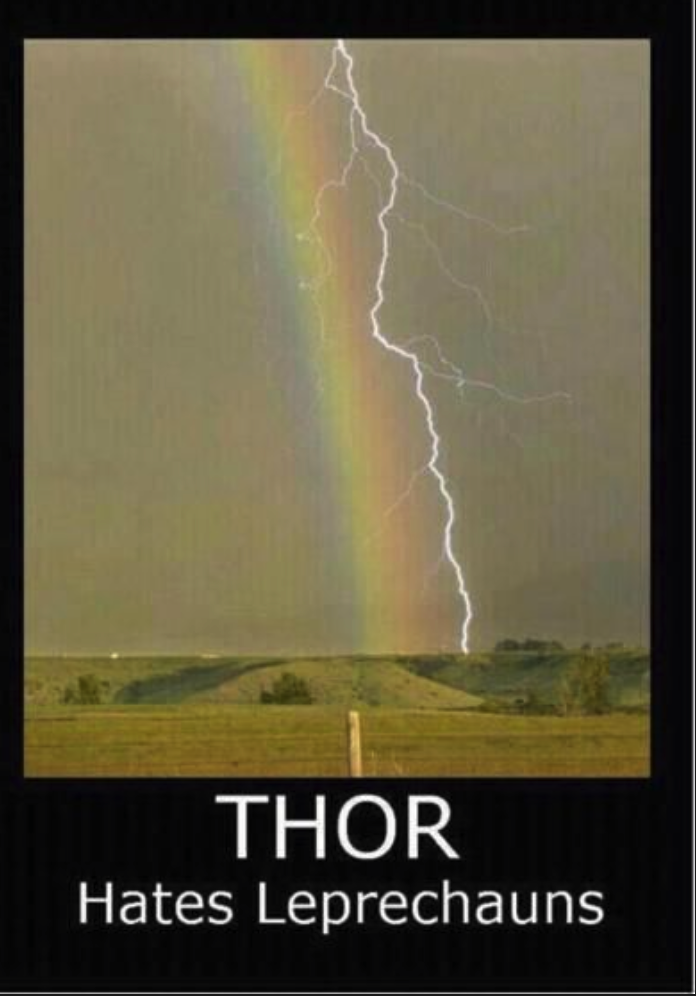
Believe it or not, changing up who’s telling the story matters…a lot. In fact, it can breathe new life into old stories that have been done so many times no one really cares anymore….
That is, until WE (writers) flip the script.
POV is one of those elements we can alter that drills into the marrow of the story. It reaches beyond silly, superficial changes that claim to make the story “wholly unique” but really don’t, especially in an age of CGI.
Think of some fantastic stories that “flipped the script.” Wicked took The Wizard of Oz and told it from the perspective of the “Wicked” Witch of the West.
There is this thing we storytellers rely upon that readers (ideally) don’t even notice—the suspension of disbelief.
Bad or Merely Misunderstood?
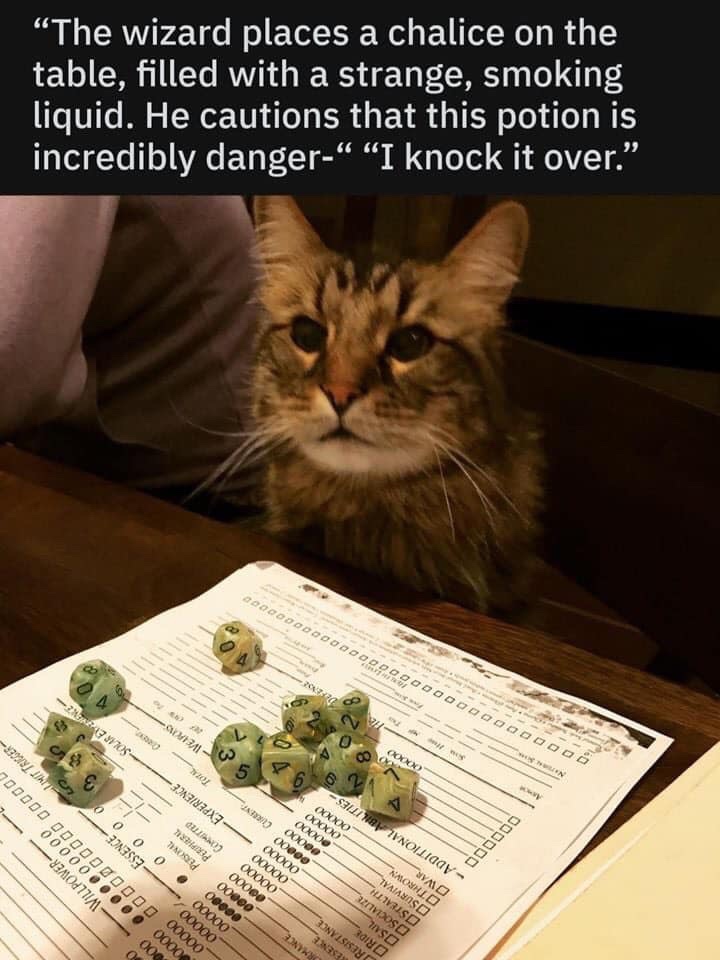
Thus, in the original Wizard of Oz, when a house lands on the “Wicked” Witch of the East and the “Good Witch Glenda”—gaslighting psychopath she is—pats the bewildered Dorothy on the back for committing third degree murder (possibly argued down to involuntary manslaughter)…we accept this is okay.
And when Glenda then encourages Dorothy to steal the shoes off a woman who’s been dead all of a minute, again, we accept this is totes legit.
Thus, when the “Wicked” Witch of the West arrives and is arguably upset that not only has her sister been killed, but her killer didn’t even wait for the body to cool to room temperature before pillaging her corpse for fabulous shoes…she is OBVIOUSLY the bad guy, right?
Right.
Sometimes the most clever stories are those told from the “villain’s” POV.
Mind you, I am not saying to explain who they are and why they did bad things. Hannibal the Cannibal was far more fascinating before the author tried explain. We didn’t need Hannibal’s tragic childhood and why he turned into a serial killer….*yawns*.
Changing Perspective Can Be Good
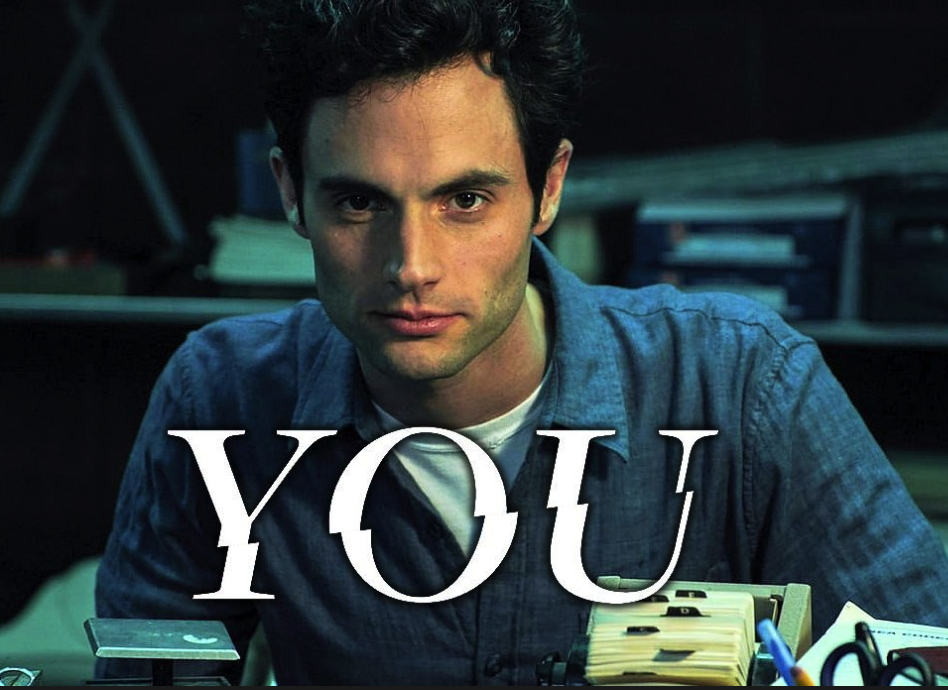
Obviously, Wicked is a great example. I also really enjoyed Maleficent. Fairy tales seem to be a favorite for shifting perspectives because they’re stories most people are familiar with. That and we’ve long (passively) accepted who is good or bad, right or wrong.
Yet, whenever I’ve talked about villains, one core ingredient that elevates them above mustache-twirling caricatures is their MOTIVE. Great villains are great for the simple reason that we either want to know the WHY or we empathize with the WHY.
Caroline Kepnes’s You did a fabulous job using the rarely touched second person perspective. She took us inside a stalker’s head and, by employing second person, actually created quite the brain-bender. We find ourselves rooting for a seriously insane character!
When Changing Perspectives Goes Wrong
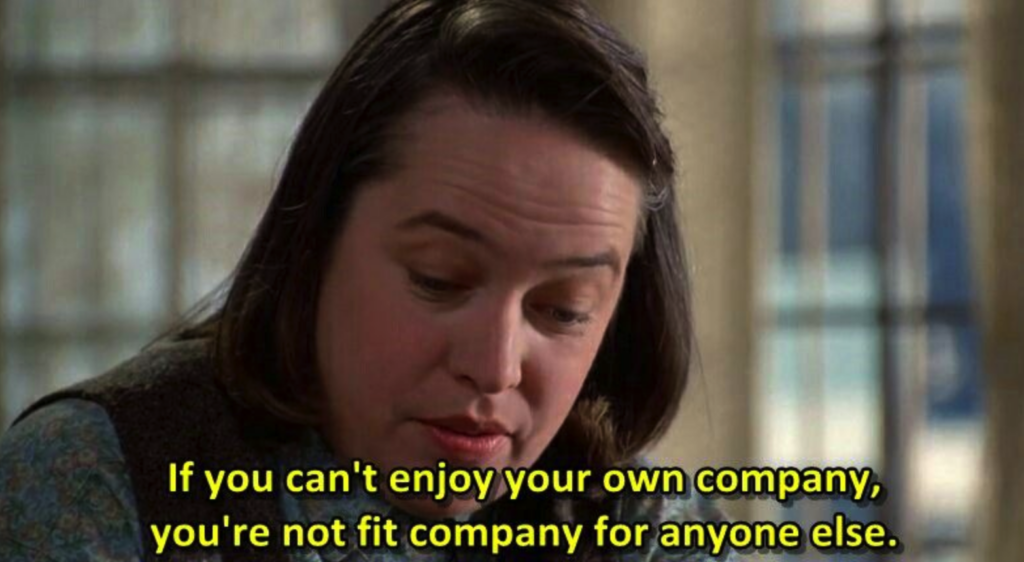
While it is a fantastic exercise to look at a story and see if we can get a fresh perspective, it can easily fall into gimmick.
The first example that comes to mind is the Pixar movie that really never needed to be made…Finding Dory.
I LOVE Finding Nemo and have used this “kid’s” movie to teach plotting countless times: What “Finding Nemo” Can Teach Us About Story Action
I’ve watched Finding Nemo more times than any “adult” probably should and never get tired of it. Yet, years ago, when I took Spawn to see Finding Dory, I fidgeted more than a toddler in a doctor’s waiting room.
I couldn’t pay attention. My mind wandered. Halfway through the movie, I decided to use a tool I employ when editing. Put it in my log-line formula to see what was missing.
Story Formula:
Intriguing Protagonist + Active Goal (Problem) + Stakes + Ticking Clock = STORY
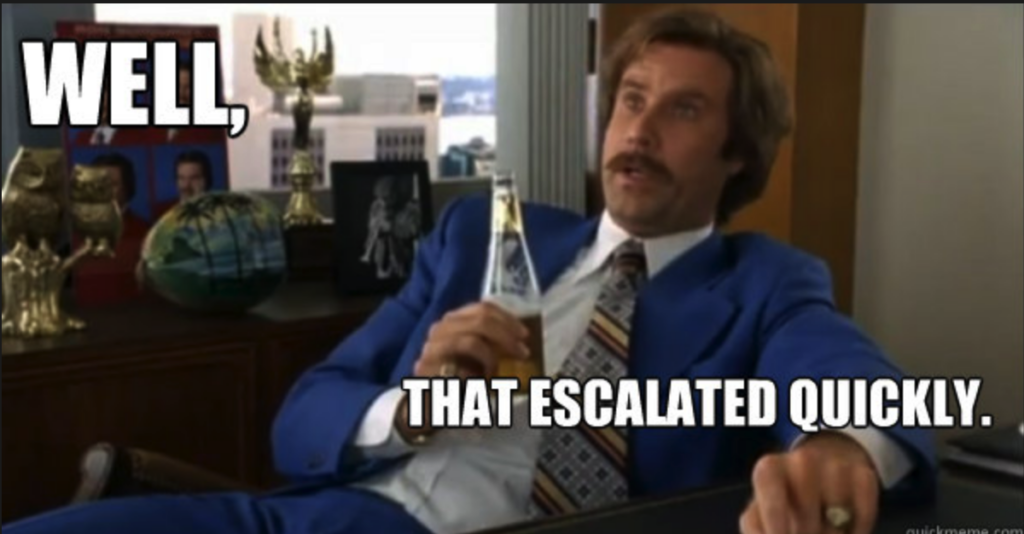
First of all, while Dory worked amazingly well as an antagonist, she utterly flopped as a protagonist. A fish that can only remember super short-term was the perfect foil to drive Marlin (the control-freak father fish) to arc and loosen the hell up.
Yet as a protagonist? She already HAS a family with Marlin, Nemo and the others in the fish school from the first movie. Out of literally NOWHERE…Dory “remembers” her parents and, for some inexplicable reason, wants to find them (when she can’t remember anything long-term?).
That part was ALREADY a stretch.
Then, when she finds “home” she discovers her parents are GONE. Okay. BUT, they have been taken to live in a super fancy state-of-the-art aquarium that eventually will be shipped to Chicago (I guess this is the ticking clock?).
What are the stakes? Instead of her parents being in the wild surrounded by predators her parents might die from fish old age?
And she JUST remembered she even HAD parents so exactly what emotional void would be there should she fail?
A flawed story doomed this movie from the beginning. It desperately tries to rely on Pixar’s unique brand of campy humor but even that wasn’t enough to save this idea that was already DOA.
A Christmas Story…(Perspective) DISASTER
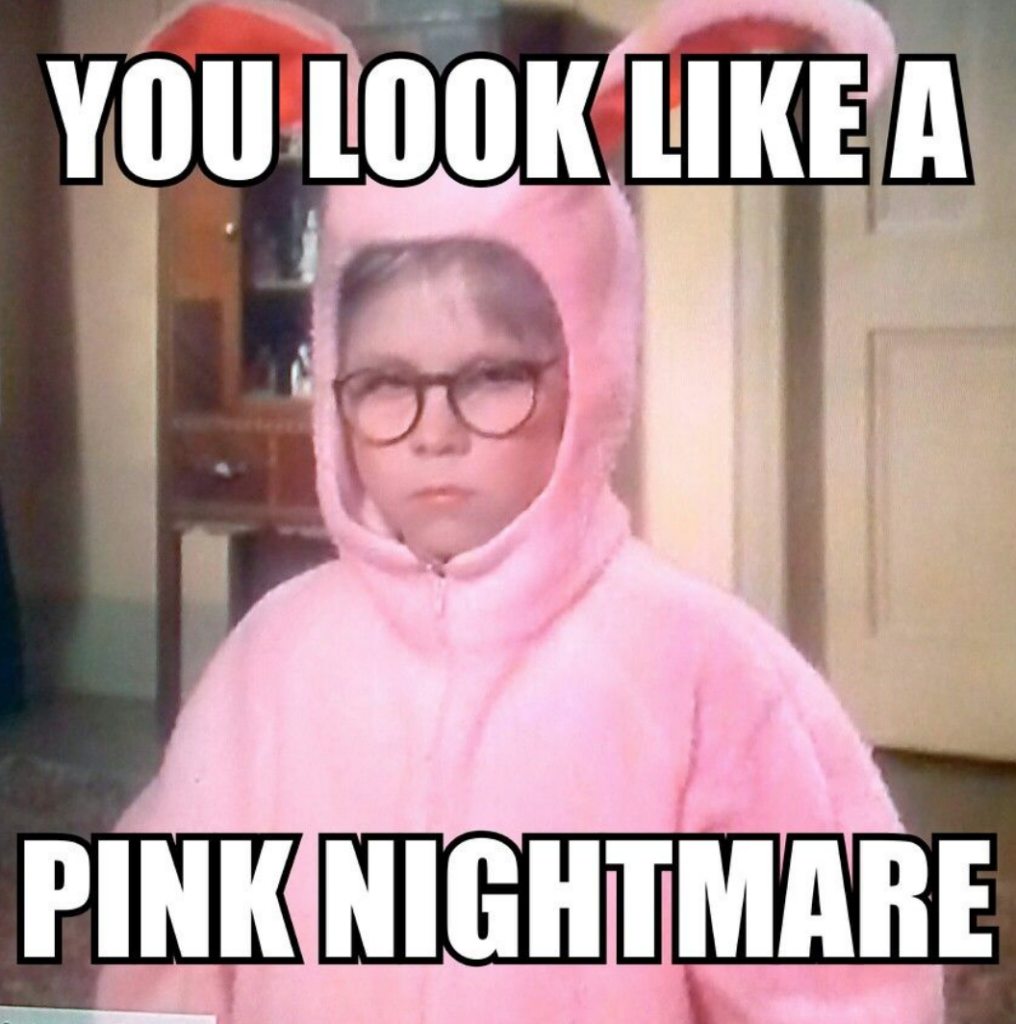
Over the holidays, Hubby insisted we watch the new movie A Christmas Story Christmas. Another sequel that never needed to be made. WHY? Perspective!
The GENIUS behind the original movie, A Christmas Story, ironically is the same reason the second movie suuuucked.
The original is told from the perspective of Ralphie the CHILD, whereas the sequel is told from the perspective of Ralphie the ADULT.
In the original, all the magical thinking (his visions of defending his family against bandits with his Red Rider BB Gun), the unrealistic expectations (Orphan Annie decoder ring), and the social oopses (FUUUUUDGE!) are positively hysterical.
The charm of the original movie is that, regardless which generation one happened to be born in, we can ALL relate because we once were KIDS. We viewed the world as kids.
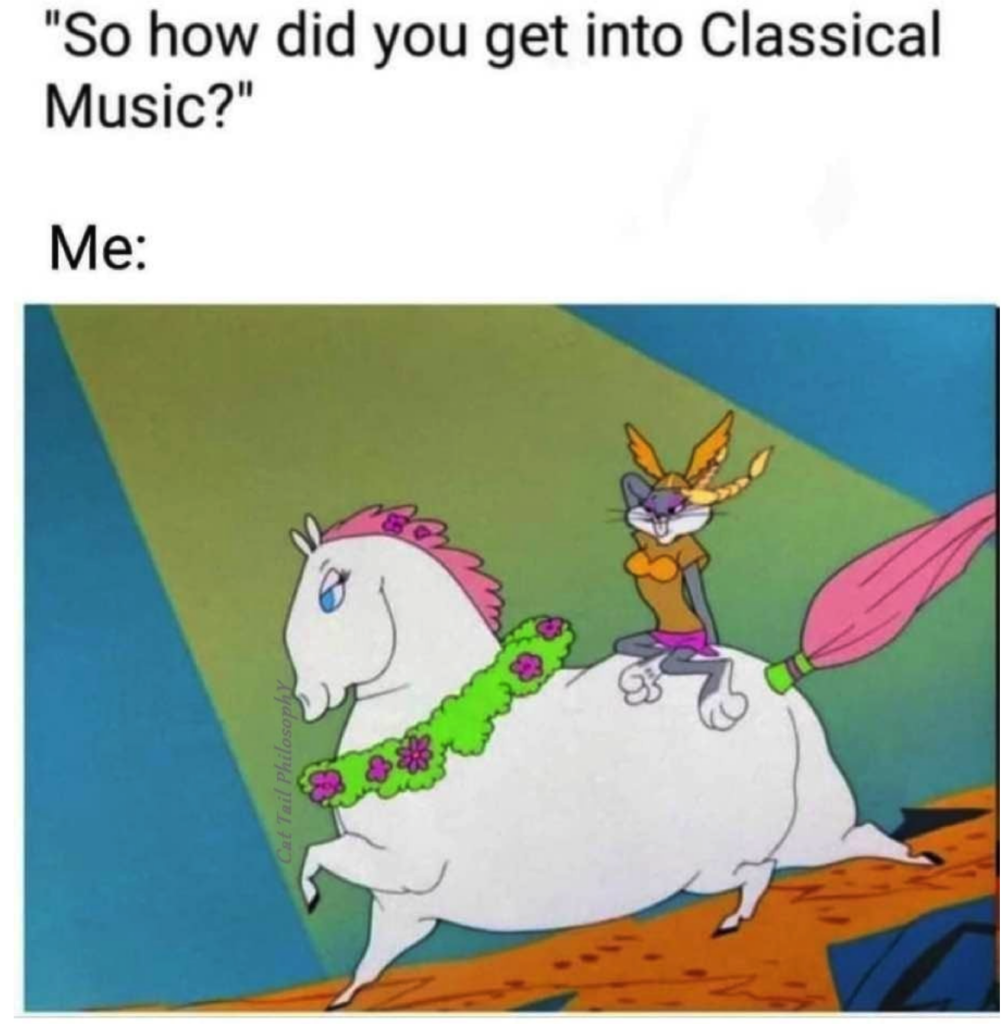
Kids deal with bullies, what it means to back off on or take up a dare, hyper-exaggerating the actual real-life outcome of any event (for good or bad).
From envisioning ourselves hitting the home run that wins the game and makes us suddenly popular to being certain a parent “will murder us” for a bad grade, everything is BIGGER when we are kids.
Why?
Because the world literally IS bigger. And we are small and still trying to navigate a rather alien place. That is what makes the original a classic.
But, to give the same attributes/perspective to a bumbling middle-aged man? For me, it made the MC seriously creepy and pushed boundaries of believablility.
Not only did the story fall utterly flat, but (for me) it bordered on rendering not just the MC, but all other characters, unlikable (Eg. Like how Ralphie and family enjoying a “perfect Commercialized Christmas, utterly dwarfs a very recent and significant death in the family).
Perspective MATTERS
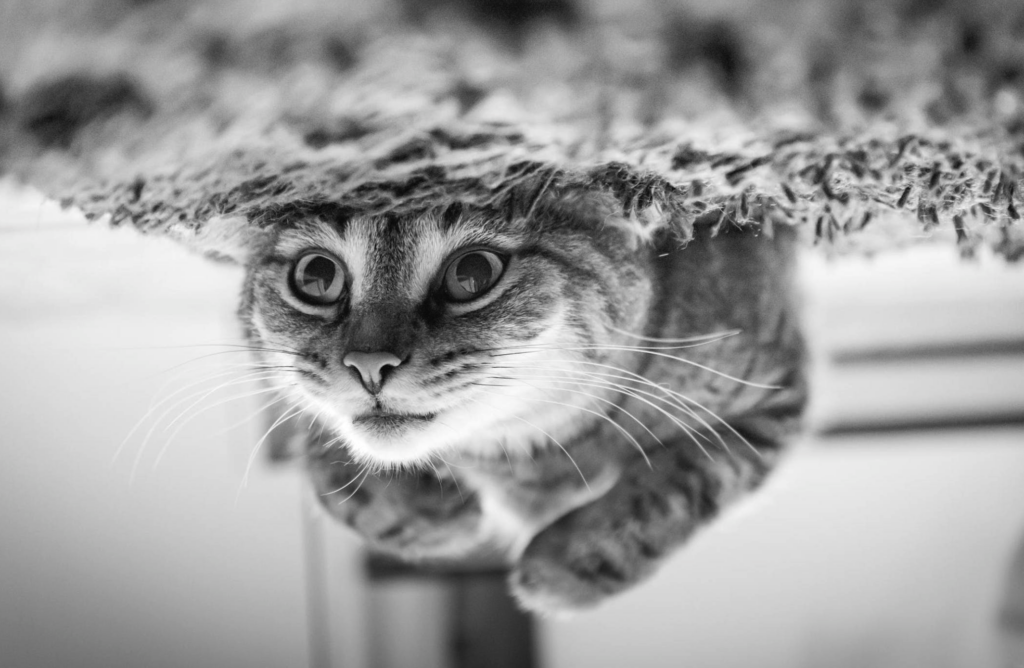
Perspective is powerful, and it is good practice to learn to write believably from different POVs.
A billion years ago, when I ran a writing group in DFW, I’d give the other writers exercises to hone their skills (and for fun). At one point during my tenure, we had too many of the new writers who had characters who all sounded the same.
***Ideally, I should be able to read your dialogue (without tags) aloud and be able to tell which character is speaking.
Thus, I decided to give a fun homework assignment to SHOW what I meant by voice and perspective.
The exercise went as follows…
Story Prompt: Imagine a family. Mom, Dad, a grandparent (can be grandmother or grandfather), and one teenager going on vacation. The family has been saving for ages for this getaway. Thus, there is probably way more emotional investment than is “reasonable” as to the outcome of this trip. Their vehicle breaks down in the middle of nowhere.
WHAT HAPPENS? Tell the “story” from all four POVs.
There are no limits. It doesn’t have to be present-day. The characters don’t even need to be human or alive. Just make me believe the POV.
When I got the results, I had never witnessed so much creativity out of any group of people. There were stories of families that had a spaceship breaking down, time-travelers who had a covered wagon break down, regular American highly dysfunctional families, on and on. It was truly amazing!
Characters Change the Story
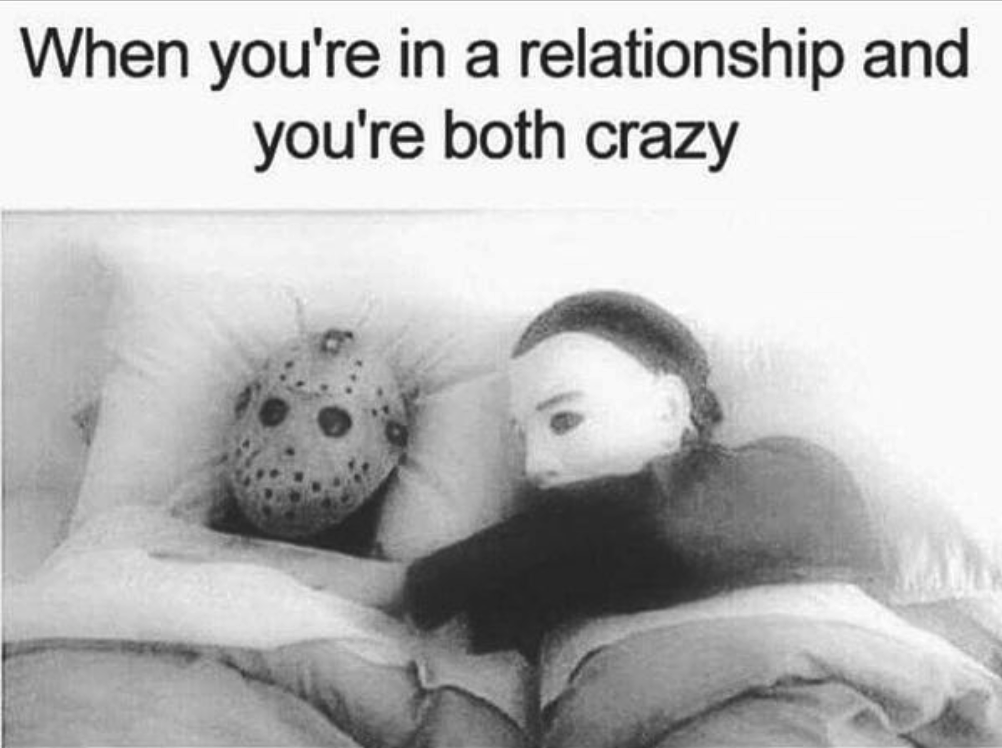
Be creative!
What if Dad is having an affair?
What if Mom is secretly addicted to pain pills and runs out?
What if the teen is recently in remission from Leukemia?
What if Grandma is a tireless flirt who’s antics got her turned into a vampire and the family can’t understand why Granny wants to travel only at night?
What if the teen is an asthmatic and forgot his inhaler?
What if Granddad was part of the mob and is recognized while on the road?
What if the teen has been recruited for a mandatory deep space mission by the New Earth government and will never see the family again?
What if the teen was adopted and the purpose for the trip was to meet the child’s birth mother? How would this impact the emotions of those in the vehicle?
What if there used to be TWO children and one had died in an accident a year previously?
Do you see how by changing WHO these people are, this cannot HELP but affect everything else?
What if the accident actually killed the entire family and they have yet to realize they’re dead? They just think the locals are rude and ignore them.
The possibilities are endless!
Perspective and Story

Sometimes, if we have a fabulous story idea but everything just seems to be falling flat, think about POV. Have we cast the right person to be the MC? When I wrote my first novel, The Devil’s Dance, I ran into this exact problem.
In the earliest versions, Romi (Riley) was a veteran from the war in Afghanistan suffering PTSD. The beta readers hated her. For whatever reason, Riley was simply not connectiong.
Okay. Fair enough.
But, since I knew the story idea was solid, I went back to the drawing board and changed the MC.
Instead of a gritty female action hero, I fell back on my blogging voice. I changed third person to first person and make Romi a fish-out-of-water who gets in a mess that is far over her head.
Just that ONE change created a totally different story and helped me create a neurotic, self-deprecating but funny MC readers loved.
What Are Your Thoughts?
Do you like stories that shift up the perspective? Maybe that tell the same story from a “villain’s” POV? Are there certain POVs you enjoy more than others?
Have you ever switched either POV (from say third to first) or switched the MC because the story wasn’t working? Conversely, do you have a story you’re struggling with and only now realize you might not have the right MC? Or it needs to be in a different POV?
Can you take the perspective exercise above and use it to refine your use of dialogue? Feel free to give it a try and post in the comments!
I’d love to read your work!

